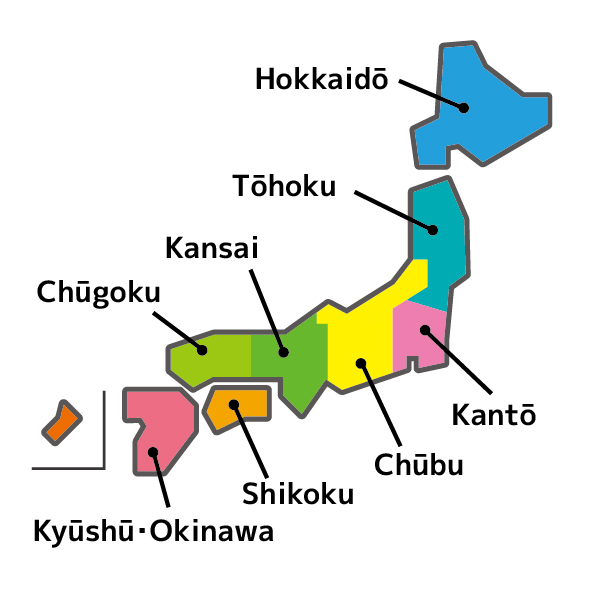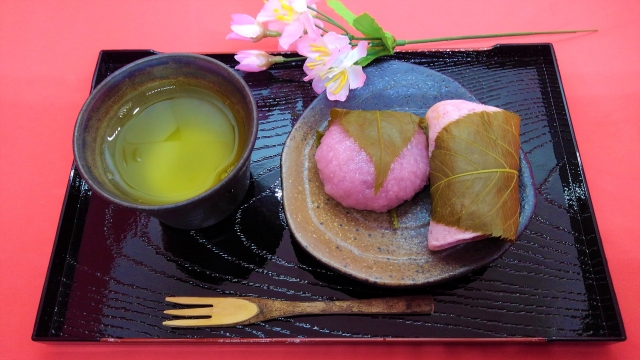If you have been living in Japan for a while, you should hear the word “Kanto” and “Kansai” when people talking about the region. Have you ever wonder where are they? And what are the characters of and the differences between them?

To translate them word by word, “Kan” means a checkpoint. So “Kanto” means “the Eastside of the checkpoint” and “Kansai” means “the Westside of the checkpoint”. In ancient Japan, from the view of the people living in the capital, such as Kyoto or Nara, the East side of the checkpoint is undeveloped land. So the word “Kanto” appeared first. After several hundred years, although the place of checkpoints has changed a lot since the capital moved to Edo city which is on the Eastside, it becomes popular to call the former capital, where the imperial family lives, as “Kansai”.

Nowadays, it is still vague where is the borderline of Kanto and Kansai. However, the lifestyle could be really different. In some cases, even the same word has a different meaning. For example, a traditional Japanese spring desert “Sakura mochi”(cherry blossom cake), is round in Kansai but is a roll which you can see the strained bean paste from outside. The ingredients of the dough are different, too. In Kanto, the Kansai “Sakura mochi” has another name called “Domyoji”.
What’s more, some food makers are making different products to meet Kanto and Kansai people’s needs. It is well known that the “plain” flavor instant noodle of a famous maker is different between Kanto and Kansai.
There are still many differences between Kanto and Kansai. It could be a fun when you trying to find them.



